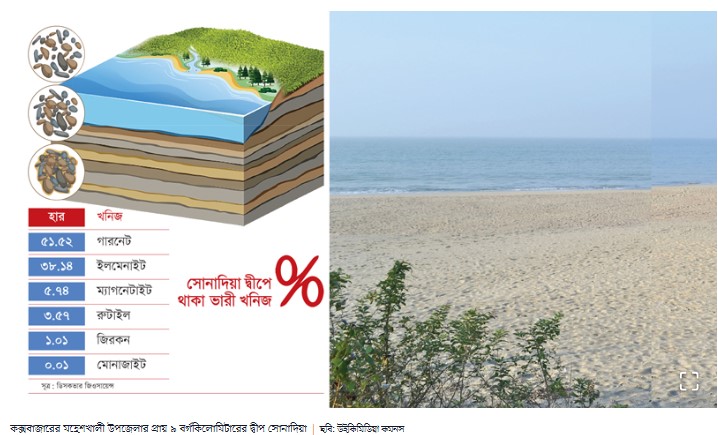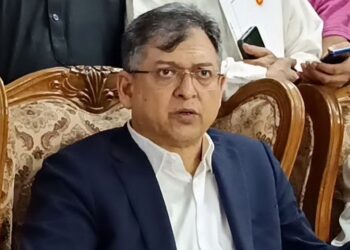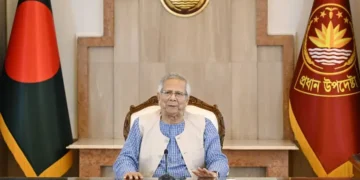Highlights
- Around 7 lakh tonnes of valuable minerals discovered on Sonadia Island, Cox’s Bazar
- Major minerals include garnet and ilmenite
- Research published in a Swiss-based scientific journal
- Experts say the discovery could boost Bangladesh’s economy
- Some scientists urge for further testing before commercial extraction
Discovery of Valuable Minerals
A team of researchers has discovered an estimated 7 lakh tonnes of valuable natural minerals on Sonadia Island, a small nine-square-kilometer island under Maheshkhali upazila in Cox’s Bazar.
This island, made up of mangrove and coastal forests, contains commercially significant heavy minerals like ilmenite, magnetite, garnet, zircon, rutile, and monazite.
According to a Swiss-based research journal, Sonadia Island holds a large deposit of these minerals, with garnet and ilmenite being the most abundant.
Research Details
The research was jointly conducted by four scholars — Md Shakhawat Hossain, Md Shahriar Rahman, Golam Taki, and Maftuha Jahan — from the University of Otago (New Zealand), Western University (Australia), and Jahangirnagar University (Bangladesh). Their findings were published in the Swiss journal Discover Geoscience.
According to their analysis of sand samples:
- Garnet: 51.52%
- Ilmenite: 38.14%
- Magnetite: 5.74%
- Rutile: 3.57%
- Zircon: 1.01%
- Monazite: 0.01%
The researchers noted that the dunes of Sonadia Island contain a much higher density of these minerals compared to other parts of the beach.
They estimated approximately 2,76,868 tonnes of garnet and 2,15,092 tonnes of ilmenite in the dunes alone.
Importance of the Minerals
Both garnet and ilmenite are highly valuable in the global industrial market.
Garnet is widely used in abrasive products like waterjet cutting, sandblasting, and polishing, and gem-quality garnet is also used in jewelry.
Ilmenite, on the other hand, is the main source of titanium, a metal used in aerospace, aviation, and defence industries. The global market value of titanium dioxide, produced from ilmenite, is around $20 billion annually.
Read More: ‘No One Wants to Marry a Primary School Teacher’: Says a Teacher Amid Protest
Other minerals also play crucial roles:
- Zircon – used in the ceramics industry
- Rutile and Ilmenite – used for titanium dioxide production
- Monazite – a key source of rare earth elements vital to electronics and renewable energy industries
Experts’ Reactions
However, some experts believe more analysis is needed before calling this discovery commercially viable.
Dr. Mohammad Aminur Rahman, Chief Scientific Officer of the Institute of Mining, Mineralogy, and Metallurgy (IMMM), said the discovered amount is too small for major commercial use.
He added that a 1980 study had found around 21 million tonnes of heavy mineral deposits in the same region.
Dr. Mohammad Badruddoza Mia, Chairman of the Geology Department at Dhaka University, advised that the government should conduct a detailed study before taking any extraction decision.
He recommended strengthening government capacity and proceeding cautiously.
“Grow smarter, not harder — ঝামেলামুক্ত অনলাইন ব্যবসার শুরু করুন Storola দিয়ে ”
Environmental and Economic Context
Sonadia Island holds strategic importance for both geography and blue economy.
In 2017, the Bangladesh Economic Zones Authority (BEZA) was allocated land on the island to establish an eco-tourism park, but the High Court later suspended the project for six months in October 2024 following a petition by BELA (Bangladesh Environmental Lawyers Association).
Currently, there are initiatives to transfer the land under the Forest Department’s management.
Future Potential
Experts believe that if the government processes river sand and ensures the commercial use of heavy minerals, Bangladesh could earn up to Tk 2,000 crore annually.
However, they also mentioned that the government is not yet prioritizing sand-based mineral extraction in coastal or island regions.
Source: Daily Sun


















